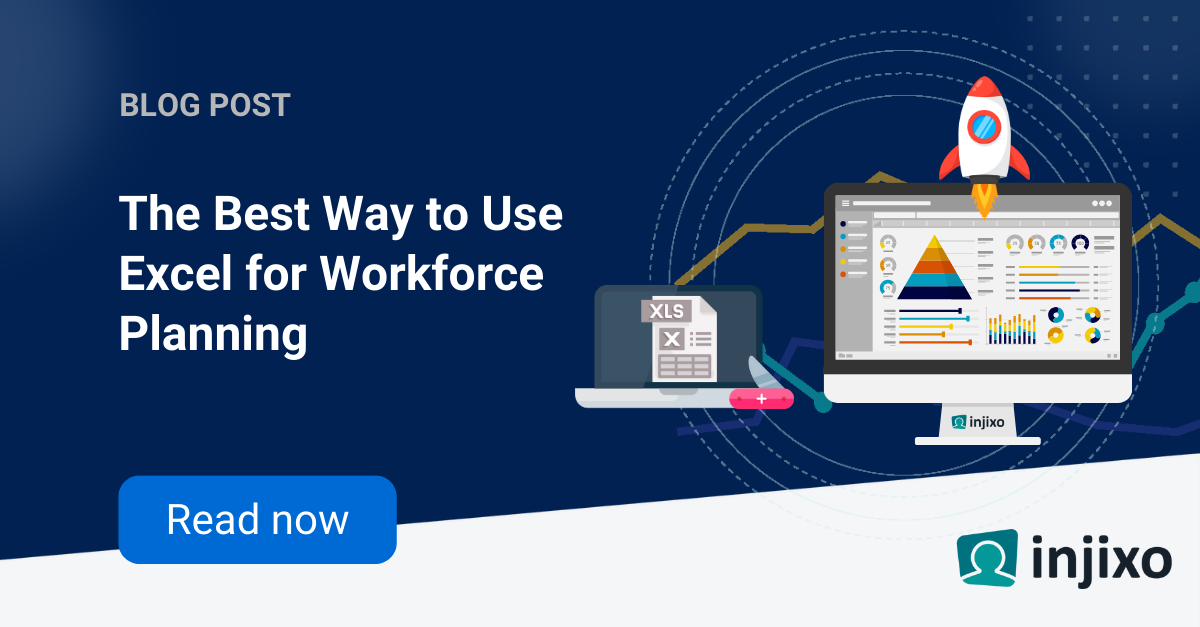Do you remember where you were when everything changed? Early 2020 signaled a seismic shift in how people work that will have implications for decades to come. But we didn’t see it at the time. We were integrating new terms into our vocabulary like “coronavirus,” “new norm” and “unprecedented times.” By early in the second quarter of 2020, virtually every company was bragging about how quickly they pivoted their workforce to work from home. Not only were those boasts premature (there is a big difference between having an effective work-from-home workforce and simply applying the technology for people to take calls from home), but many missed the bigger picture. The employee experience had changed.
Fast-forward to three years later. When you think about “flexibility" what comes to mind? There used to be two different definitions.
- A company would think about flexibility as a workforce that you can shift around to optimize staff and improve service levels. So it was about how employees are used to better achieve customer and shareholder goals.
- The second definition was the one employees had, which was flexibility in their schedule to take time off when they needed. It was more about getting the work done across the week, but with the schedule and timing better aligned to the employee’s needs.
So what changed? Interestingly, companies adopted the employee definition in 2020. As part of the deal to have everyone work remotely, the door opened to different types of scheduling flexibility that gave employees options. At this point, it seemed like everything was aligned. And for a while, they were. Beneath the surface, however, there was another change going on. People were changing how they worked.
- The actual work hours became secondary.
- Employees no longer had a commute.
- People with in-home responsibilities (e.g. child care), could do that while they worked. Not only did that save money, but it made logistics of driving to a daycare (that may be near the office they no longer drove to) much easier.
Employees had fundamentally changed how they worked. But we didn’t notice. Victory had been declared on having moved everyone to work-from-home - and eventually “hybrid working” as we started to come back into the office a few days a week.
We didn’t catch this shift until companies started to bring employees back into the office because that's when the friction hit. The friction was the combination of employee preferences changing and a weakened economy requiring companies to ensure they were maximizing productivity and profitability.
How do we respond? Here are 3 steps to point you in the right direction:
1. Accept the change
It is the new reality, not just with your employees but with other companies as well. So there isn’t a way to avoid this by just hiring new staff. This change isn’t necessarily a bad thing. It means you need to re-calibrate and adjust accordingly. Think through the ramifications of this type of flexibility in your contact center. Some considerations:
- You may need to monitor engagement and productivity more closely. There may be disengagement that may be hard to spot with previous methods. The same can be true for productivity as well. For example, you may not see an increase in average handle time (a standard productivity metric), but you may see a decrease in schedule adherence or shrinkage. These drops mean the actual processing time of transactions may not get worse, but the urgency and focus on staying connected and engaged all day may drop.
It’s important to think through how you measure and manage these metrics to ensure you know what the new baseline is.
2. Reassess productivity / engagement
Next, you need to reassess how productivity targets are set up for success (or failure). How do you measure success?
You can choose to respond to this in a few ways.
- The first is to update your staffing models to reflect a change in productivity. This may just be a “cost of doing business”, or something you want to address. The economics of every cost center are different, and the need to balance your employee engagement with profitability can vary across industries. Surface this up to your leadership and consider how best to respond. Don’t jump to bring things back in line with the old days. The reality is that this may be your new normal and you need to figure out the best way to work with it to keep your best agents from fleeing to a competitor who will.
- If you adjust productivity targets, look for other places to potentially offset it. For example, you may see lower attrition and attrition costs. This is something that generally doesn’t come into workforce management, because generally the workforce management team just inputs attrition in for the plan vs. analyzing it. But this is a way to show more value out of your workforce management function by including other factors that the business has to consider. To show an increase in cost in productivity, but a greater reduction in attrition costs would be a great story. It also shows your operations that you’re thinking about the big picture.
3. Make a new agreement with your employees
This should be an active agreement to ensure expectations are clear on both sides. Develop an action plan and include your employees in this.
Once you determine how you want to respond, I highly recommend a new “contract” or agreement with your employees. If you do reset your targets, ensure you are communicating why the change is being made and the new expectations. Ultimately, productivity needs to be achieved. If it’s an aspirational target that nobody hits, then you’ll struggle to get your agents where your customers need them. It’s not about making people work harder, it’s about getting the right number of agents at the right time so your customers can connect with you.
I’ve talked with operations leaders who have done this a few different ways.
- One way is to be formal about it. Lay out working expectations very clearly and have employees sign the document. This sounds like overkill, and for many environments it may be. But what it does bring is clarity, and ensures your agents know what’s expected. It removes ambiguity that can cause stress and anxiety.
- Another approach is to adjust the target in the next cycle, and explain the change as part of the change management. In this case, you’re ensuring that the agents know you recognize the situation has changed and you’re adjusting targets to reflect the current state and to best support their balance.
In summary, the landscape has changed in terms of flexibility in the workplace. Many businesses have not yet caught on and are trying to either make things go back to the old way (e.g. just bringing staff back into the office) or are trying to make scheduling flexibility work in place of what employees really want in flexibility. Either approach will cause your best performers to flee. Great employees have options and the companies that adjust to the new flexible needs of employees will attract and retain the best talent.
Did you find the article interesting and would like to share it with your colleagues? Download the article as a PDF.





